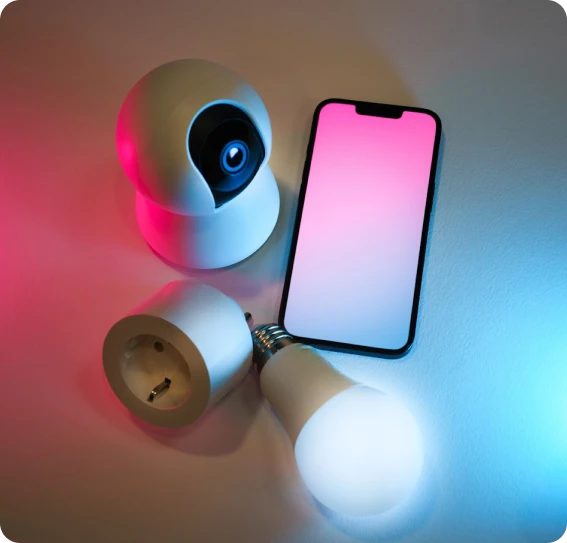


Newly developed technology, A/B, Session, Single-frame. Compatible with AVID, Dolby, FFmpeg, Wowza
Works on 4K, HDR and 8K content.
Single API compatible across all major DRM's including Widevine CAS
Single unified API for watermarking, encoding and DRM
Usage based billing. No added storage or re-hosting
Surviving cropping, filters, and screenshots
One API call, with no transcoding or Rendering.

Embedded at Access, Not Upload
With options for pre-CDN and edge delivery
No need to string together delivery tools.
We offer an optional server-side FFM (Forensic Filtering Module) plugin that intercepts and protects content before it reaches the CDN. This layer helps mitigate scraping, browser extensions, and automated capture attempts. However, it may introduce slight delays or compatibility trade-offs, so its use should align with your platform’s risk appetite and performance requirements.
A distributor mark is an invisible platform-level identifier embedded alongside user-specific fingerprints. It allows all content delivered through a particular platform (e.g. a dating app) to carry its own unique trace. This mark is applied server-side, before the image is accessed, and enables platform-wide detection if content leaks, regardless of the individual user.
Yes. This ensures clarity and control over how attribution is embedded and reported.
No. Overlay generation must occur server-side to ensure forensic integrity and control. However, client-side application of overlays is fully supported using the assets retrieved via API.
No. Embedding watermarks requires server-side processing. Client-side environments can apply pre-generated overlays during playback or rendering, but they cannot create or embed watermark payloads independently.
Not on the client side. Watermark quality is preserved through careful server-side encoding and placement strategies. While no perceptual optimisation runs in the client, all overlays are designed to remain visually non-disruptive under standard viewing conditions.
Billing is based on unique WM_IDs (Watermark Identifiers). Multiple overlays linked to the same WM_ID—such as those used for rotation or different resolutions—are counted as a single billing payload. This keeps costs predictable even for complex implementations.
Watermarked images are delivered in under 100 milliseconds on average. Because the fingerprint is embedded server-side at the point of access, there’s no need for reprocessing or transcoding. This ensures fast delivery without disrupting the user experience.
Yes. To maintain watermark fidelity, each resolution should have its own overlay. This applies to both images and videos to ensure traceability remains robust.
For video or enhanced protection, yes. We recommend using 3–5 overlays per resolution to rotate during playback. This reduces visibility and improves forensic resistance against tampering.
No. As long as the same WM_ID (Watermark Identifier) is used, multiple overlays are treated as a single payload for billing purposes.
Request a high-resolution overlay (e.g. 4K x 4K) and crop or scale it client-side. This approach reduces overlay generation volume and ensures flexibility across varying aspect ratios.
For 13-bit watermarking: 640×360
For 32-bit payloads: Minimum of 1280×720
Smaller images may still work but could lead to unreliable extraction or visible artefacts, depending on use case.
Yes. Scaling is supported, but we advise avoiding aggressive downscaling or stretching. Both may impact watermark durability and detection accuracy.
Watermark overlays rotate on a timed basis typically every 30 to 50 milliseconds. They’re not frame-synced, but this method significantly reduces visibility during playback, especially in scenes with motion or panning, where static marks might otherwise become noticeable.
The “dirty window” effect occurs when a static watermark becomes visible as the video pans or moves behind it, creating an unintended focal point. To prevent this, we recommend pre-fetch multiple overlays and rotating them at random intervals during playback. This disrupts visual persistence and protects against visual detection.
Yes. Overlays are generated server-side, but rotation can be handled dynamically on the client side. The client application can cycle through the available overlays during playback, adjusting the interval as needed to balance protection and performance.
For video, we watermark every frame letting you track clips, screenshots, or even a photo taken with a secondary device.
Our extraction accommodates mirroring and diverse geometric distortions when images are captured from different angles, positions, and distances.
Our watermark survives low bitrate encoding for video and single-image files.
Other solutions mark only portions of content where obstruction or cropping can defeat it. We protect entire assets enabling extraction even when partially visible.
Dramatically downscaled content can still be identified.
Our mark withstands color conversion, sharpening, and many other image alterations.














